#Argentine museums
Explore tagged Tumblr posts
Photo
Cómo extraño este lugar 😭😭
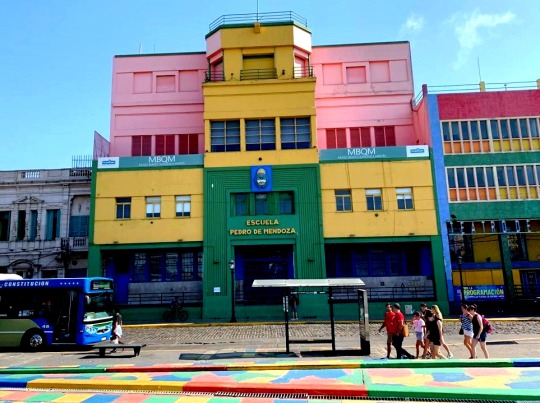
#argentina#buenos aires#Mi Buenos Aires querido#building#la boca#quinquela martin#Museos#Museum#Argentine museums#quinquela
3 notes
·
View notes
Text

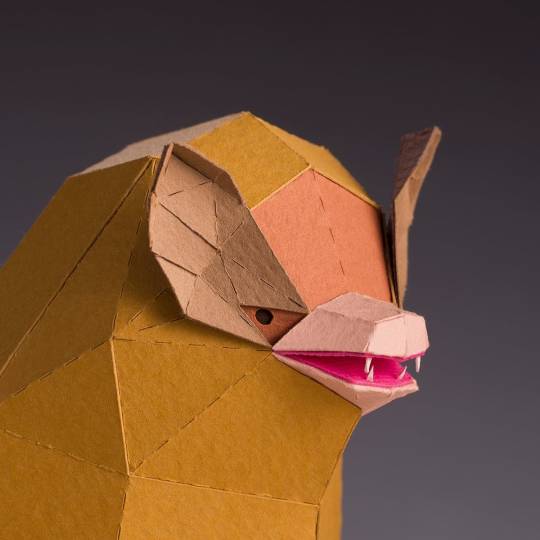
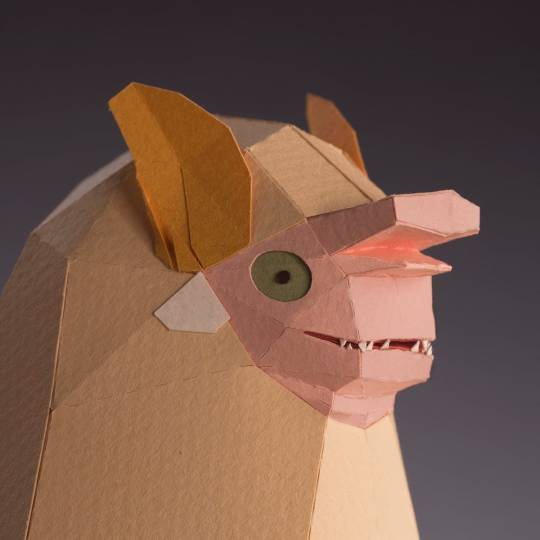

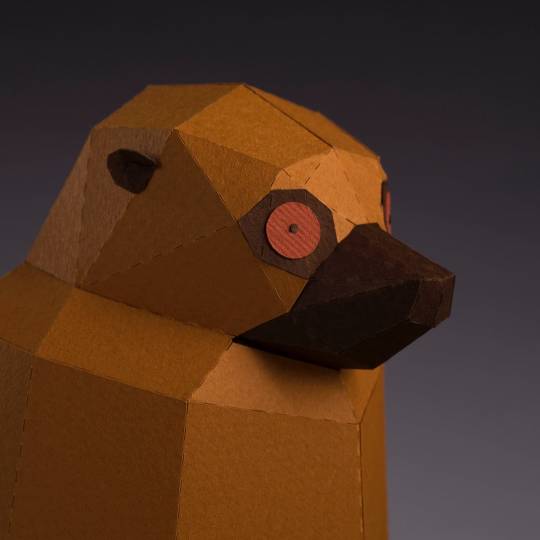

Amiguitos de la Oscuridad, Juan Nicolás Elizalde.
#juan nicolas elizalde#art#argentine art#contemporary art#sculpture#papercraft#seen in person#peabody essex museum#bats!
20 notes
·
View notes
Text
"It is a novel which does not want to begin. Or, perhaps, it is really a novel which does not want to end. Then again, it is a novel which does not want to be a novel at all. It will not become its own future. And yet if a novel exists as its own museum, then the reader must in some way presume that it has once existed, in the past.
Here are some usual facts involving time. Macedonio Fernández was born in 1874; he died in 1952. He began this novel around 1925, and worked on it in five drafts until he died. And this novel was a machine to prove that none of these facts had any sense at all.
Yes: Macedonio Fernández's novel would like to refute the ordinary ideas of time. And this is complicated. This is an invention whose conclusions have not yet all been noted."
Adam Thirlwell, A Preface for Macedonio Fernández
9 notes
·
View notes
Video
Museo de Arte - Tigre - Argentina by AAguabuena
#Argentine#Tigre#Musée#Museo#Museum#Analog#Argentique#Photography#Photographie#Art#Filmphotography#Coloronfilm#Rolleiflex#Rolleiflex3.5F#Square#Bsquare#Analogic#Analógica#Analogue#Analoguephotography#flickr
0 notes
Text
Caminito, in La Boca, Buenos Aires, Argentina: Caminito (little walkway) is a street museum and a traditional alley, located in La Boca, a neighborhood of Buenos Aires, Argentina. The place acquired cultural significance because it inspired the music for the famous tango "Caminito (1926)", composed by Juan de Dios Filiberto… Juan de Dios Filiberto (8 March 1885 – 11 November 1964) was an Argentine violinist, conductor, poet and composer who became prominent in the Argentine tango genre. Wikipedia
#Argentine tango#Argentine tango composer#Juan de Dios Filiberto#Caminito#in La Boca#Buenos Aires#Argentina#South America#South American Continent
167 notes
·
View notes
Text
G20: Lula smiles with all leaders except Milei

The meeting at the G20 Leaders Summit on Monday was not the first time President Luiz Inácio Lula da Silva and Argentine President Javier Milei faced each other at an event. However, as Lula greeted heads of state arriving at the Museum of Modern Art (MAM) in Rio's South Zone, anticipation grew for what would become the first photo between the two since the Argentine took office at Casa Rosada last December. When the moment came, the contrast was stark. While all other leaders were met with a smile, Milei's reception conveyed the coldness and distance that have defined relations between the countries over the past year.
Continue reading.
#brazil#brazilian politics#politics#argentina#argentine politics#luiz inacio lula da silva#javier milei#international politics#foreign policy#g20#image description in alt#mod nise da silveira
163 notes
·
View notes
Text
Brazil had its own equivalent of Spinosaurus, named Oxalaia quilombensis. (Oxalia from Oxalá, the orisha venerated by many Afro-Brazilians, and quilombensis for quilombo, the towns created by free slaves)

Unfortunately it's known by fragmentary jaw remains which were tragically lost in the 2018 fire of the National Museum of Rio de Janeiro. At 12-14 meters long (estimated) It would have been about the size of the African Spinosaurus and it lived a semi-aquatic lifestyle in marine and riverine conditions much like them.
This is the largest theropod discovered in Brazil, so far, and together with the Argentine Giganotosaurus and Mapusaurus (which were in fact, near contemporaries), cements South America as the land with the largest dinosaurs, carnivorous or not, ever to live.
61 notes
·
View notes
Text
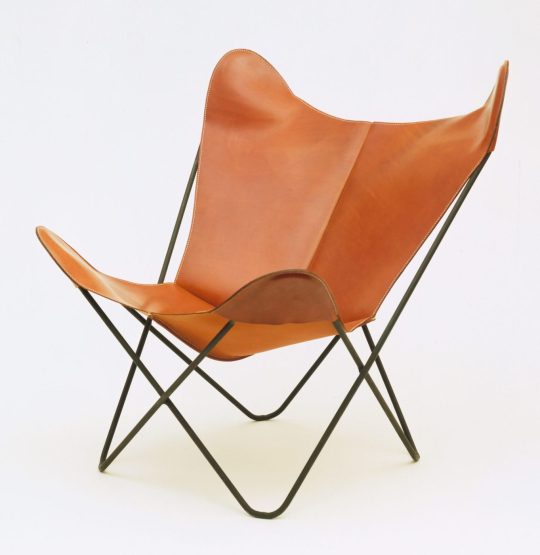
"Butterfly" Chair,
This 1938 B.K.F. chair was created by Spaniard Antonio Bonet and Argentines Juan Kurchan and Jorge Ferrari-Hardoy.
Painted wrought-iron and leather,
34 3/8 x 32 3/4 x 29 3/4" (87.3 x 83.2 x 75.6 cm).
Photo courtesy of the Museum of Modern Art, New York
#art#design#sculpture#furniture#seat#chair#butterfly#1938#spaniard antonio bonet#argentines juan kurchan#jorge ferrari-hardoy#MoMa#leather#wrought-iron#paint#iconic
43 notes
·
View notes
Text

Argentine Saguaro (Echinopsis Terscheckii) at the Arizona-Sonora Desert Museum this morning.
64 notes
·
View notes
Text
Something is happening in México´s art world
The contemporary argentine artist Ana Gallardo exhibited a piece at the University Museum of Contemporary Art (MUAC) in México. The exhibition, titled "Tembló acá un delirio", featured the work Extracto de un Proyecto Fallido , where Gallardo visited Casa Xochiquetzal, a shelter in Tepito for elderly sex workers in vulnerable situations. The controversial piece consisted of a large wall where she wrote about her experience going to the house, where she was asked to care for one of the residents in a deplorable state, written with slurs and derogatory language toward the shelter, the sex workers, and Estela, the woman she "cared" for. The text is dehumanizing, degrading, and, to top it off, she projects a video where she caresses Estela's hands, as if she were a religious figure holding a sick child for a photo-op. We don’t know, and the most probable answer is no, if Estela consented to have her image used in such a vile and cruel manner.
The most foolish people try to defend these atrocities by saying it's art, claiming it opens up a conversation, or that it qualifies as art because it generates a reaction, in this case, a disgusting one. Humans feel and react to all stimuli in more or less conscious ways, of course injustice generates a reaction, as do crimes, but that doesn’t make them art. Not everything that happens in a museum is art, and just because a video is projected doesn’t make it a work of art, no matter how much it's accompanied by curatorial text. It is not art, it is abuse.
In the wake of the exhibit, there were protests at the museum, demanding respect for sex workers and calling for an end to discrimination. The piece has since been removed, and the museum remains closed, likely to avoid further protests. The exhibition has been permanently removed down and the museum has not yet issued an apology after the scandal, but why let it get to that point? Who authorized this exhibit? Did they not read the supposed work, which is nothing more than a message of hatred and contempt? How much more can we exploit a person’s suffering and agony, displaying them in their most fragile condition just to provoke shock and hide behind the rhetoric of contemporary art?
3 notes
·
View notes
Text
Some animals at my local science museum







The frogs name is Princess Peach and the Argentine black&white tegu is Tina. I forget the rest of their names but I think the leopard gecko is Mr Toes. I've also unofficially named the two fish Carl and Dave respectively.
6 notes
·
View notes
Text
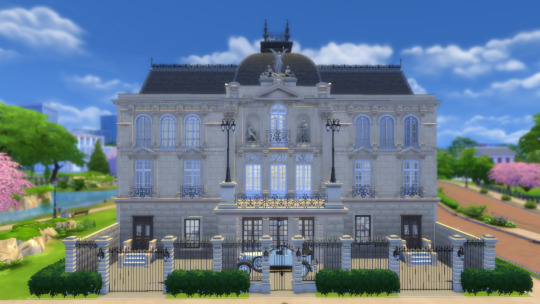
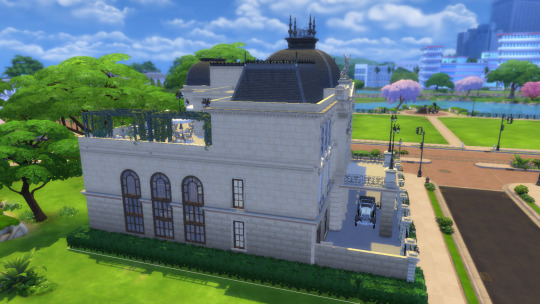
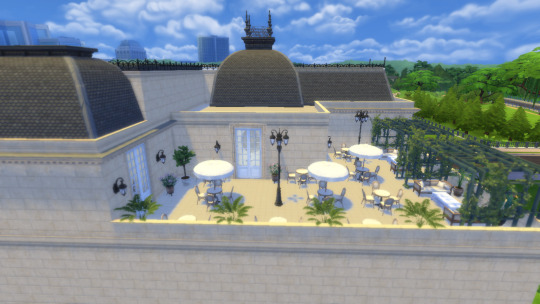
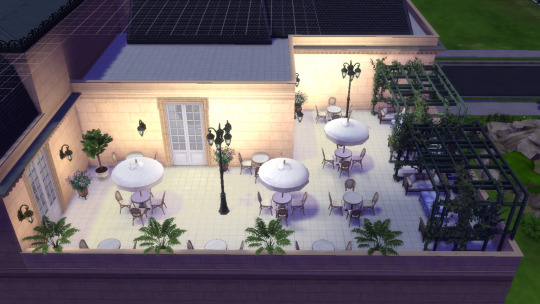
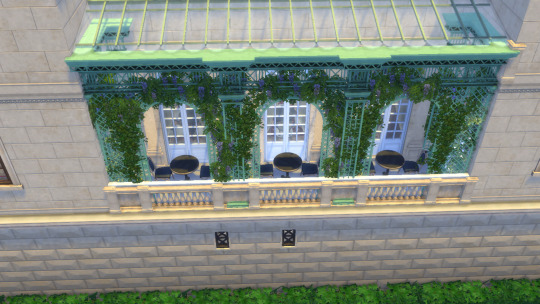
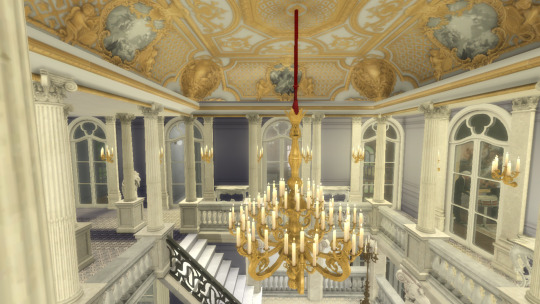
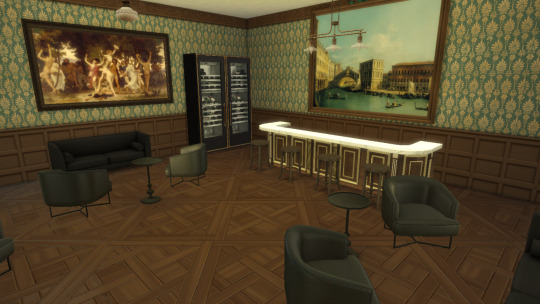
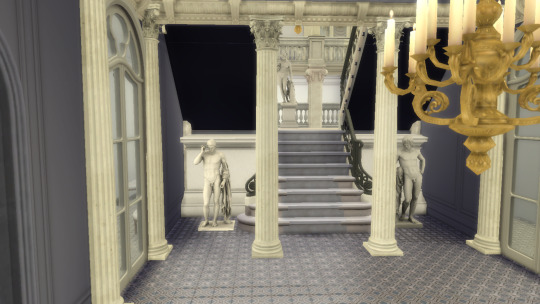
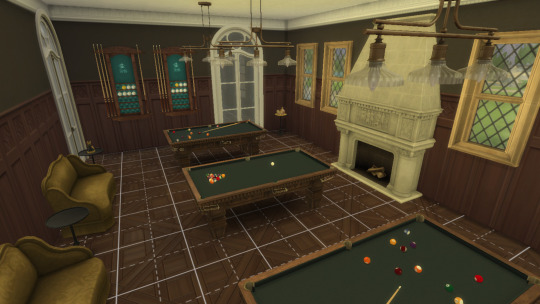
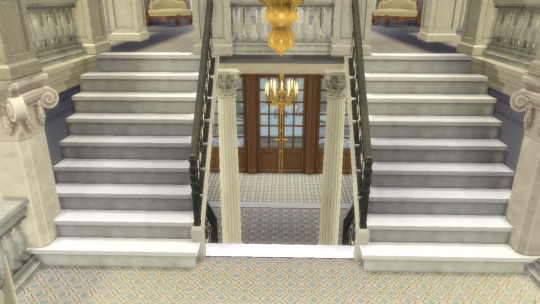
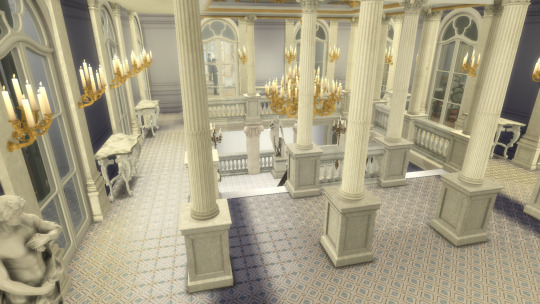
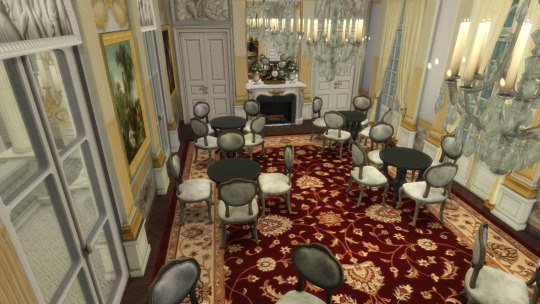
Jockey Club
The building was inaugurated in 1897. The social life of the Jockey Club, during its early years, took place in various rented residences, all located in the central area of the city of Buenos Aires. However, with a constantly growing membership, it was soon decided that the club needed its own building, in line with the increasing prestige it had achieved during its initial stage.
A crucial step was taken in 1888 when a plot of land was acquired on Florida Street, between Lavalle and Tucumán, an excellent location in Buenos Aires at the end of the 19th century. After holding a design competition, the authorities of the Jockey Club decided to immediately begin the construction based on the plans of the Austrian architect Manuel Turner. During the nine-year construction process, the original program was completely modified, and the final design was signed off by the Argentine engineer Emilio Agrelo.
The building's magnificent facade on Florida Street, its impressive reception area, and dramatic staircase; its sumptuous halls, vast armory room, and welcoming dining area; all these elegant features contributed to making the Jockey Club Palace the favorite center of high society in the city from the moment of its inauguration on September 30, 1897. Carlos Pellegrini played a significant role in its furnishings and decoration. He personally took care of the final arrangements of the house, down to the smallest details, with the collaboration of Miguel Cané, who, from Paris, where he served as the Argentine minister, sent luxurious curtains, thick carpets, coat of arms, exquisite crystal chandeliers, and even lanterns for the front of the building.
Over time, the building underwent various modifications. Firstly, several neighboring plots were acquired, allowing for the expansion of the facilities and the construction of an annex building for administrative offices. Successive renovations in 1909 and 1921 adapted the halls to changes in fashion and taste. Moreover, with specialized advice, a valuable art collection was formed, which included paintings signed by Louis-Michel Van Loo, Goya, Bouguereau, Corot, Monet, Sorolla, Anglada Camarasa, Fantin-Latour, Carrière, and Favretto. Alongside artworks by foreign artists, there were numerous works by Argentine masters such as Sívori, Gramajo Gutiérrez, Bermúdez, Quinquela Martín, López Naguil, Fader, Cordiviola, and Aquiles Badi, creating a true art gallery that some Jockey Club members proudly referred to as "our little museum."
Thanks to the luxury of its halls, its magnificent and continuously enriched library, and the prestige of its art collection, the Jockey Club Palace became the privileged setting for aristocratic receptions. It was also the customary place to honor distinguished visitors arriving in Buenos Aires.
------------------------------------------------------------------------------
You will need the usual CC from Felixandre, SYB, The King Falcon, TGS, among others.
The building is in a 30x30 lot, and works as a coffe shop.
Please let me know if you like it and if you want somenthing built for you!
DOWNLOAD: https://www.patreon.com/user?u=75230453
(early acces 8/20/2023)
#sims 4 architecture#sims 4 build#sims4#sims4palace#sims 4 screenshots#sims4play#sims 4 historical#sims4building#sims 4 royalty#sims4frencharchitecture
26 notes
·
View notes
Text
Villarruel has campaigned for what she calls ��complete memory, a broad vision of human rights” that includes the victims of guerrilla actions against the dictatorship and the shelving of the dozen cases for crimes against humanity that are still open in Argentina. While Milei promises a radical change in economic policies, including dollarization and the closing of the Central Bank as a remedy to inflation, Villarruel champions a conservative revolution against abortion, sexual diversity and gender equality policies that have placed Argentina at the forefront of these rights in Latin America. Denialism of the dictatorship is the main banner under which Milei’s running mate is marching. Villarruel used to visit former dictator Jorge Rafael Videla in prison, and through the Center for Legal Studies on Terrorism and its Victims promoted the recognition of crimes against the repressors. In 2015, a judge prosecuted her uncle, former intelligence officer Ernesto Villarruel, for alleged kidnappings in the clandestine detention center of El Vesubio. The “cultural battle” that Villarruel promotes mercilessly attacks one of the few consensuses in Argentine society on the 40th anniversary of democracy. The trial of the military heads of the dictatorship during the government of Raúl Alfonsín initiated a process of historical reparation that, with its ups and downs, remains an example in Latin America. Today in Argentina, 1,200 agents of the dictatorship have been convicted and 17 trials remain open, according to the latest statistics of the Human Rights Secretariat. Villarruel considers those convicted to be victims of a “dictatorship of a single way of thinking” promoted by the left. At the top of her list of enemies is the 93-year-old president of the Grandmothers of the Plaza de Mayo, Estela de Carlotto. Villarruel has in the past called her “a rather sinister character who, with that good granny look, has justified terrorism.” Carlotto said Tuesday that the idea of closing the ESMA museum was the attempt of “an unhinged woman who thinks she is a queen who can erase and insert [into memory] whatever she wants.” “History is not going to be erased because that is what the [human rights] organizations and the Argentine people are there for,” Carlotto told Futurock radio.
Everything is a dictatorship except for actual dictators, who are fine.
16 notes
·
View notes
Text

Marina Núñez del Prado (17 October 1910 – 9 September 1995) was a celebrated Bolivian sculptor.
Marina Núñez del Prado was one of the most respected sculptors from Latin America. Núñez del Prado based many of her sculptures off of the female form as well as taking inspiration from animals and landscapes native to Bolivia. Her work is highly sensuous, with rolling curves. She carved from native Bolivian woods, as well as black granite, alabaster, basalt and white onyx. Perhaps one of her most famous works is "White Venus" (1960), a stylized female body in white onyx. Another celebrated work is "Mother and Child," sculpted in white onyx. Indigenous Bolivian cultures inspired much of her work.
Marina Nunez del Prado died in Lima, Peru on September 9, 1995, where she had spent the last twenty-five years of her life working. She left behind a legacy that significantly enriched Bolivian art and culture but was also a significant contribution to the practice of sculpture and Latin-American art. In her lifetime, she had traveled and accomplished so much and became as well known as the artist she was inspired by like Picasso or Gabriel Mistral.
Her physical legacy is the Museo de Nunez del Prado which was her family home. It now houses over 1000 of her works including drawings and sketches. The museum preserves the work of Nunez del Prado as well as contributions made by her sister who was a gifted goldsmith and painter and her father. Located in the center of the El Olivar Forest, the museum is a National Cultural Heritage site. Admission to the museum is free, but international visitors require personal identification such as a passport. Visits are guided by the curator.
Nunez del Prado’s non-physical legacy far extends beyond the borders of Peru. Her work has significantly impacted the field of sculpture both in Latin America and internationally. Her work has been a great influence in the collective identity of South American art. She has also been a subject in literature like work by the Argentine poet Alfonsina Storni, Uruguayan narrator Juana de Ibarbourou and Spanish poet Raphael Alberti. Since 1930 her work has impacted and been the source of admiration in countries such as Peru, Argentina, Uruguay, Germany, USA, Brazil, Spain, Italy, France, Cuba and Mexico.
Daily inspiration. Discover more photos at Just for Books…?
5 notes
·
View notes
Text

Casa Rosada is the iconic presidential palace of Argentina, located in Buenos Aires. Known for its distinctive pink color, this historic building serves as the office of the President and a symbol of Argentine politics. Visitors can explore its museum, which showcases artifacts from the country's rich political history, and admire its stunning architecture blending Italian and French styles
1 note
·
View note
Text

MWW Artwork of the Day (7/27/24) Antonio Berni (Argentine, 1905-1981) New Chicago Athletic Club (1937) Oil on canvas, 184.8 x 300.4 cm. The Museum of Modern Art, New York (Inter-American Fund)
Delesio Antonio Berni was an Argentine figurative artist. He is associated with the movement known as Nuevo Realismo ("New Realism"), a Latin American extension of social realism. The scale and classicism with which Berni treated this scene of a soccer team from the outskirts of Buenos Aires lend the painting a sense of grandeur. Depicting the mixed racial heritages of the young players, the work gestures toward the idea of Pan-Americanism prevalent at the time: the belief in shared cultural, economic, and historical bonds between North and South America.
3 notes
·
View notes